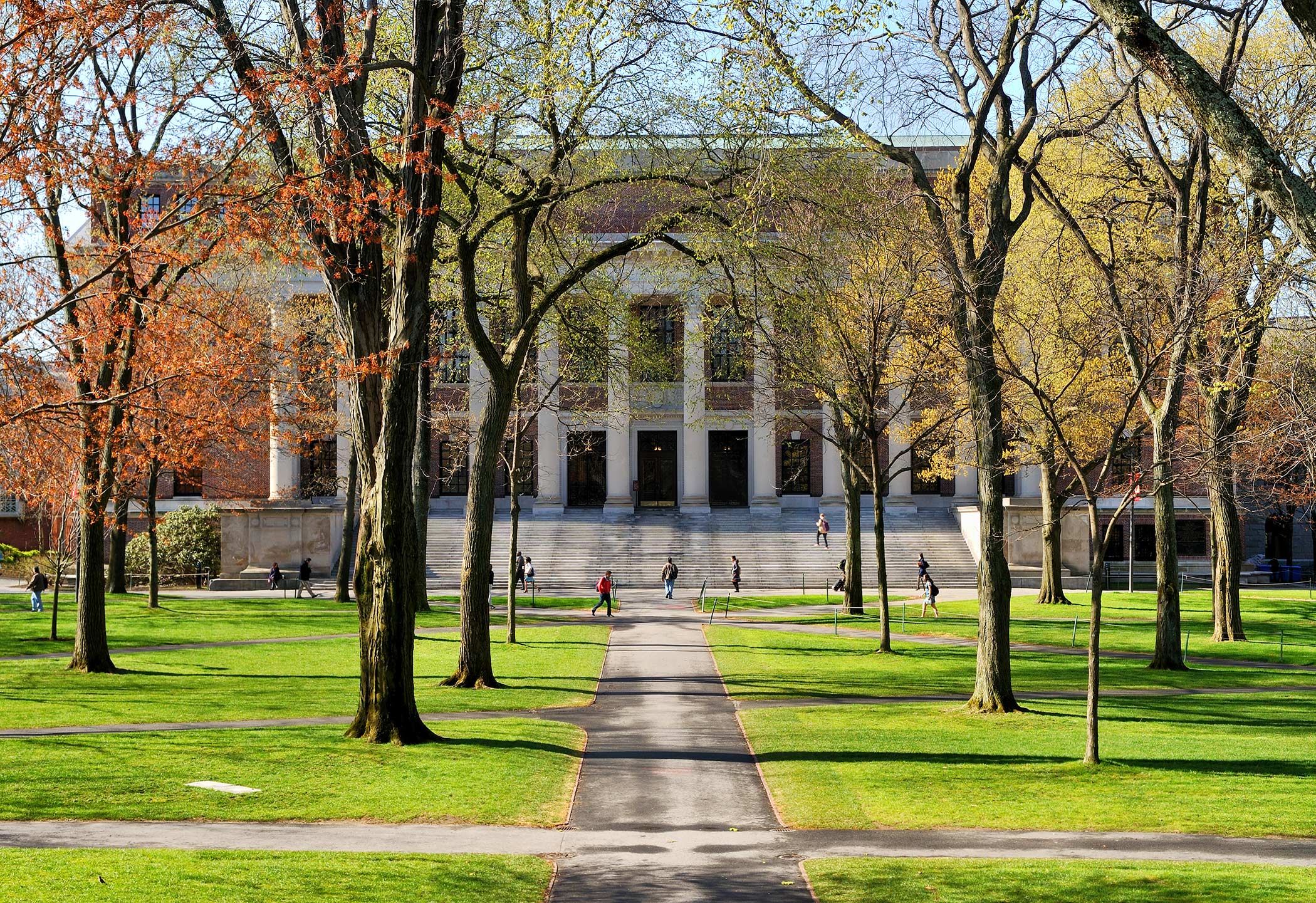The Myth of the Ivy League
By Scott Moser | December 28, 2018

For many high school seniors, winter is a time of limbo, when feverish work on college applications yields to the long wait for news of acceptance or rejection. Every applicant hopes for admission to a top choice school, and friends and family eagerly await news.
In the court of public opinion, there is a commonly held belief that certain colleges offer a better education and greater opportunity than others. Community Colleges are often seen at the lower end of this continuum, followed by lesser-known state colleges. Following these in public esteem are the flagship state universities, the small liberal arts schools, and the premier research institutions. And then, in the rarefied air at the top end of this scale lie the handful of peerless universities that only the brilliant and favored few will ever have the opportunity to attend. Admission to these institutions is such a great honor that it is imagined that the only reason students might not attend one (a reason open to virtually every student in the country) is that they couldn’t get in.
We speak, of course, of the Ivy League. The name conjures images of stone buildings, preeminent faculty, and engaging coursework. And, certainly, these are common elements of an education at one of these storied institutions. However, there is just one uniting factor that makes the Ivy League an exclusive domain, and it has nothing to do with buildings, professors, or classes. Though this uniting factor is plain to see, many are unaware of it.
The Ivy League is nothing more nor less than an athletic conference.
That’s right, an athletic conference. Just like the Big Tenor the SEC, The Ivy League is comprised of a group of schools that have chosen to compete against each other on the sports field. The schools of the Ivy League are Brown, Columbia, Cornell, Dartmouth, Harvard, The University of Pennsylvania, Princeton, and Yale.
Certainly, each of the schools in the league enjoys a stellar academic reputation, and (perhaps as importantly) a long history and location in the Northeast. With the exception of Cornell (1865), all of the Ivies were founded before the Declaration of Independence was signed. It is worth noting, though, that the Ivy League itself dates back only to 1954. There is great variety among the Ivy League schools. And, there are many non-Ivies that merit equal respect.
Though its rankings come with their own set of justifiably vocal critics, which you can read about here, US News is the nation’s best known source for comparative assessments of universities. In spite of a frequently criticized bias toward the Ivies, US news will tell you that the Georgia Institute of Technology is a better place to study engineering than Harvard or Yale. If you’re interested in Computer Engineering in particular (one of the country’s fastest growing areas of study), none of the Ivies rates in the top seven. In fact, no Ivy ranks in the top three for any field of engineering.
By allowing an athletic conference to become our symbol of the apex of higher education, we do a disservice to the entire enterprise. We allow ourselves (and therefore encourage successive generations of students) to fixate on name recognition rather than educational outcomes. Let me be clear: every Ivy League school has outstanding programs, and many students graduate from those colleges enriched and ready to make great contributions to their society. I merely wish to point out that to say, “She went to an Ivy…” means little more than saying, “He went to a Pac-12 school.”
The differences between Ivy League schools are as important as their similarities. Dartmouth College has a student body of around 6,000 in a small New Hampshire town of 11,000. The University of Pennsylvania has a student body of 22,000 and lies in the heart of a major city. Yale is within walking distance of the Long Island Sound on the east coast while Cornell lies in relatively landlocked upstate New York.
We must also disabuse ourselves of the idea that Ivies confer a better education. It is widely recognized (at least among those who work in higher education) that students will generally take away from college what they put into it. A student who is passionate about Chemical Engineering will get just as good an education at the University of Delaware (ranked 9th nationally) as she will at Princeton (ranked 11th).
With over 2,600 accredited colleges and universities now operating in the United States (to say nothing of the many high-quality institutions in other countries) and the tens of thousands of programs within those schools, the layperson cannot hope to be familiar with the level of rigor of a university education based on name alone. There is far too much diversity among programs for that. What is more, even a degree from a highly respected program is worth little in the hands of a graduate without initiative. Therefore, let us cease to offer an arbitrary group of schools pride of place without very carefully reassessing our assumptions.
A critical thinking course at an Ivy League school would expect as much.
